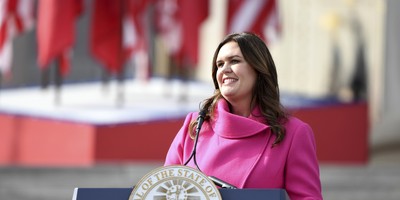Yesterday was another one of those strange days when gold was “down” on higher prices than the day before.
Gold was trading down $0.13 to $1,657.32 and silver was up a penny to $32.62. That lowers the silver/gold ratio to 50.8, the largest overnight swing in the ratio we’ve seen in quite a while.
A new ebook by Michael Green has some interesting insights into who has been buying gold since 2000 when prices on the shiny metal started to rise steadily. For many people there’s been this notion that it was the backyard bunker crowd who believed in global economic collapse who were pushing up gold prices, but that turns out to be only partially true.
That it wasn’t the conspiracy crowd should have been obvious from the timing of gold’s ascendence, which actually started in 2000. If you remember at the end of the Clinton administration the government actually had a budget surplus and the economy was doing well. It wasn’t until the global unrest in the wake of 9/11 that gold really took off.
It turns out those accumulating gold were people like John Paulson, a hedge fund manager and other big money types. While gold’s rise may have been kicked off by the uncertainty surrounding a terrorist attack, it was economic uncertainty, printing press currency policies, sovereign debt and the specter of inflation that kept it going.
Today, like people becoming accustomed to living in a dark room, we’ve become acclimated to a new global reality of economic uncertainty that includes volatile markets, sovereign debt and the specter of inflation. Defensive investments, like precious metals, are a standard part of a sane investment mix today.
Recommended
While gold and silver prices seem to have reached a temporary plateau, I don’t believe the underlying fundamentals of the global economy have changed enough to warrant long-term selling. Yes, the economy is getting better, but until there’s a long-term driver for growth we’re going to be stuck in this zone of volatility with inflation like a mad pitbull held back by only a thin chain ready to ravage consumers if it gets loose.
So, while it would be a bad idea for the U.S. to return to the gold standard in currency, the world desperately needs some kind of benchmark reference currency and more and more it’s starting to look like gold is already filling that role. It’s the cheapest hedge you can buy against economic uncertainty and inflation.
In an uncertain world, possession of physical gold is as close as you can get to sure bet.

























Join the conversation as a VIP Member